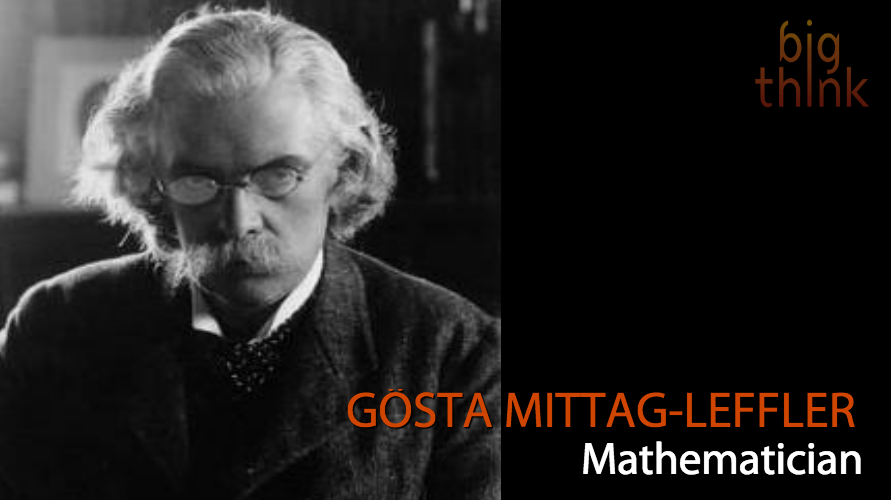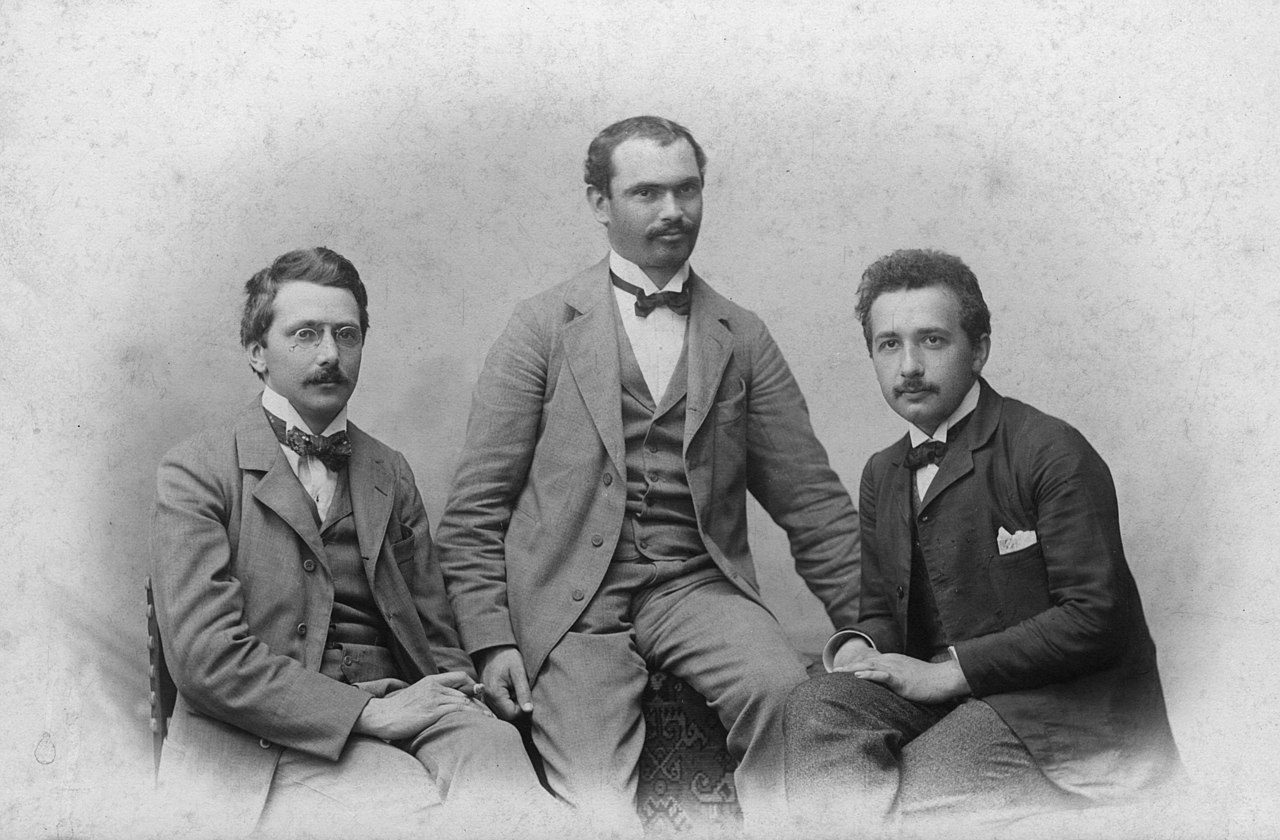The hobbies of 5 great geniuses

- Great minds aren't always at work; geniuses need hobbies too.
- Albert Einstein played the violin, while Alan Turing was a marathon runner.
- The hobbies of these geniuses give us extra insight into their lives.
It is common to think that geniuses obsessively focus only on their primary field of study and nothing else. This is often very far from the truth, and a number of the greatest minds of all time have enjoyed many hobbies. Here is what five of history’s Big Thinkers did in their spare time.
Ada Lovelace liked to gamble, a little too much
Countess Ada Lovelace was a British writer and mathematician in the early 19th century. The daughter of Lord Byron, her mother pushed her to study science and mathematics in an attempt to keep her from ending up like her famous and reckless father. She was made the Countess of Lovelace in 1838 upon her husband, Lord King, becoming the Earl of Lovelace.
Through her work with Charles Babbage, she wrote the first algorithm intended to be used on his proposed mechanical computer, the Analytical Engine. But, perhaps more importantly, she was the first to understand that the computations carried out on the machine could go beyond pure calculation and instead represent nearly anything. This work and her insights lead many to consider her the first computer programmer.
Despite her mother’s best efforts, Ada took after her father — a man who was the walking definition of an addictive personality — in many ways. Among these, she inherited his love of gambling. During the latter part of the 1840s, she lost more than £3,000, approximately £280,000 in today’s money, literally betting on the wrong horses. In 1851, she attempted to use her mathematical genius to create an algorithm to facilitate successful large bets. Unfortunately, like all such systems, it didn’t really work, and she continued to lose large sums of money.
Albert Einstein was a skilled musician

Albert Einstein was a German-American physicist famous for his theory of relativity and contributions to quantum mechanics. In 1905, he published four extraordinary papers explaining Brownian motion, the photoelectric effect, special relativity, and mass-energy equivalence.
Einstein also practiced the violin from a young age. His mother, a talented piano player, introduced him to the violin at age five in hopes of helping him associate more with German culture. While he initially considered it a chore, he learned to love the instrument at age 13 after he discovered Mozart. Even as a teenager, his talent was recognized.
Einstein never seriously considered becoming a professional musician. However, he did muse that he would have if he never went into science, and he did play with professionals on occasion, including Kurt Appelbaum. He was largely self-taught, and some images suggest he had poor form. Despite this, many who played with him attested that he was a fine musician.
While he rarely performed in public, he never traveled without his violin. Late in his life, he sat with the Zoellner Quartet and played with visiting members of the Julliard Quartet. Both groups were impressed by his abilities. Wednesday nights at the Einstein home in Princeton were “religiously” dedicated to chamber music.
Issac Newton searched for the Philosopher’s Stone
Issac Newton was an English physicist and mathematician famous for formulating the laws of motion and the law of gravity, inventing the reflecting telescope, discovering that a prism separates white light into a spectrum, and inventing calculus. His influence on science is difficult to overstate, even as modern theories move beyond the ideas he pioneered.
Of the ten million written words he produced, one million concerned alchemy. This work was unpublished, and a considerable amount of it likely would have been considered heretical or otherwise illegal at the time. Much of it consisted of copies of existing work with new annotations. A famous, but somewhat dubious story, holds that Newton’s dog, Diamond, started a small lab fire that burned 20 years of alchemy papers that are now lost to history.
While there is some discussion of what exactly he was doing, some historians of science argue his alchemy was closer to the precursors of modern chemistry than magic. Many of his writings suggest he was looking for the famous Philosopher’s Stone, which could turn other metals into gold. He may also have been interested in the Elixir of Life.
Many of his alchemical papers were sold at auction. A large portion of these would end up in the hands of economist John Maynard Keynes, who collected Newton’s writings.
John Maynard Keynes collected paintings and promoted the arts
Barron Keynes was an English economist widely considered the most influential economist of the 20th century. His ideas sparked the Keynesian Revolution in economic thought and are credited with showing the way out of the Great Depression and providing the structures upon which the post-war boom was built. Today, slightly altered versions of his ideas are still in the mainstream of economics.
While Keynes was quite rich — he earned a fortune on the stock market twice — he thought gaining wealth for wealth’s sake was a sign of mental illness. Looking to put his wealth to good use, he built up a sizable collection of art, including 135 works he would donate to Cambridge. It included pieces by Picasso, Seurat, and Cezanne.
In addition to his collecting, he supported various theaters, opera houses, and dance companies. He was also a member of the Bloomsbury Group, a collection of English artists and intellectuals who agreed on the importance of the arts and were engaged in many bold aesthetic experiments. His connections with these artists are likely why his art collection was as well-sourced as it was.
Alan Turing could keep up with Olympian marathon runners
Alan Turing was an English mathematician, computer scientist, theoretical biologist, philosopher, and cryptanalyst. He is well known for his work in cracking the Nazi Enigma code during WWII and on the philosophy of artificial intelligence, particularly the “Turing Test.” In addition to his work with computers, he also laid the foundation for the reaction-diffusion theory of morphogenesis in biology.
In his spare time, Turing enjoyed running. Unlike many great athletes, Turing only got into the sport in his 30s. However, he made up for lost time with his dedication to it.
He sometimes ran the 40 miles between Bletchley Park and London for meetings. His pace was as rapid as the best runners in the world. He unsuccessfully tried out for the 1948 British Olympics team as a marathon runner with a time of 2 hours, 46 minutes. (This was only eleven minutes behind the silver medal time of Tom Richards.) Turing told friends that running was a form of stress relief, explaining: “I have such a stressful job that the only way I can get it out of my mind is by running hard; it’s the only way I can get some release.”





